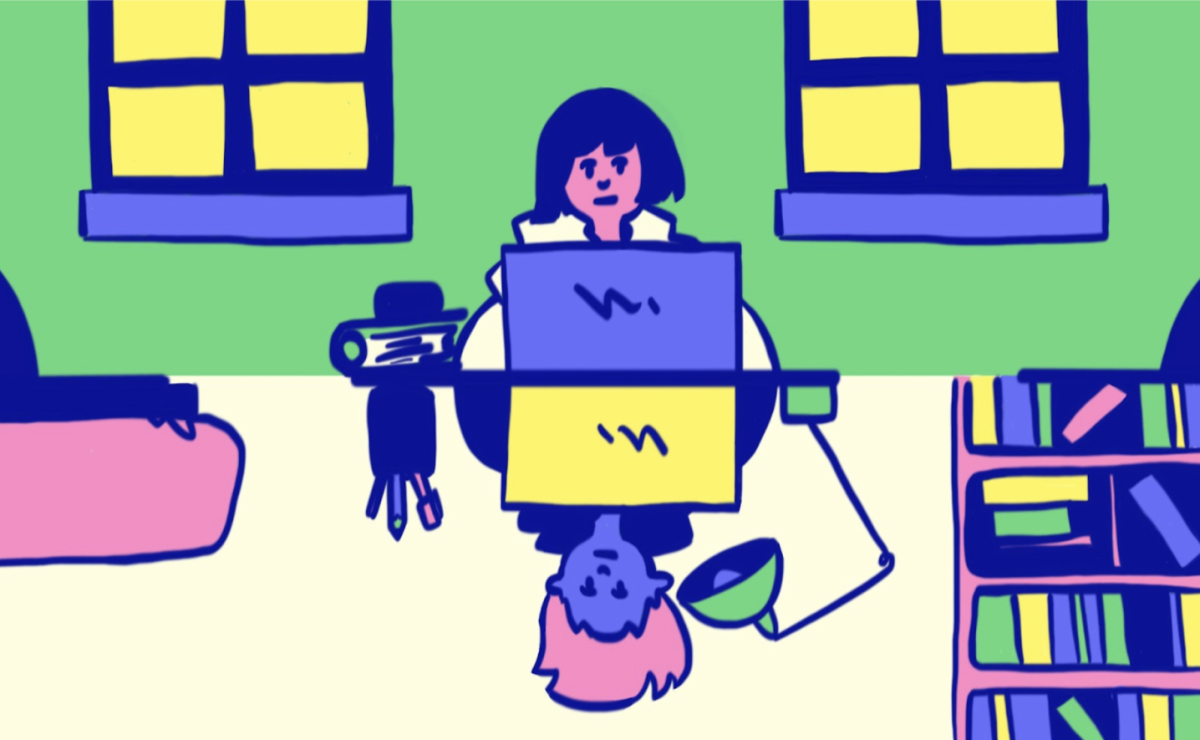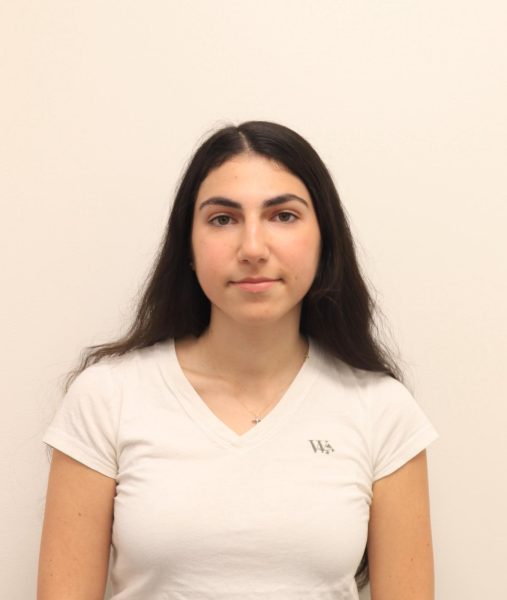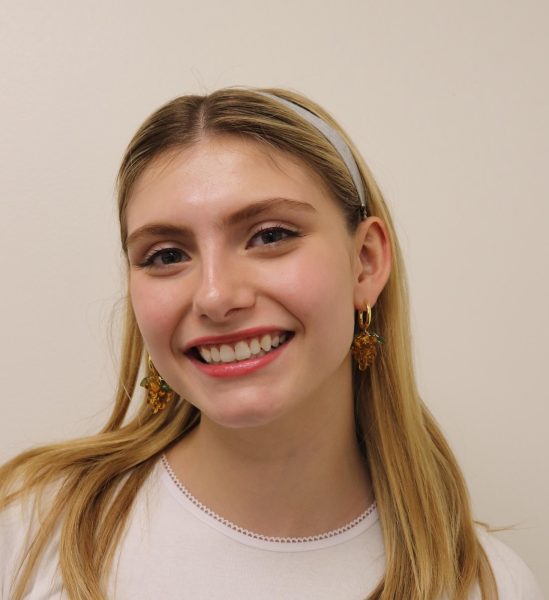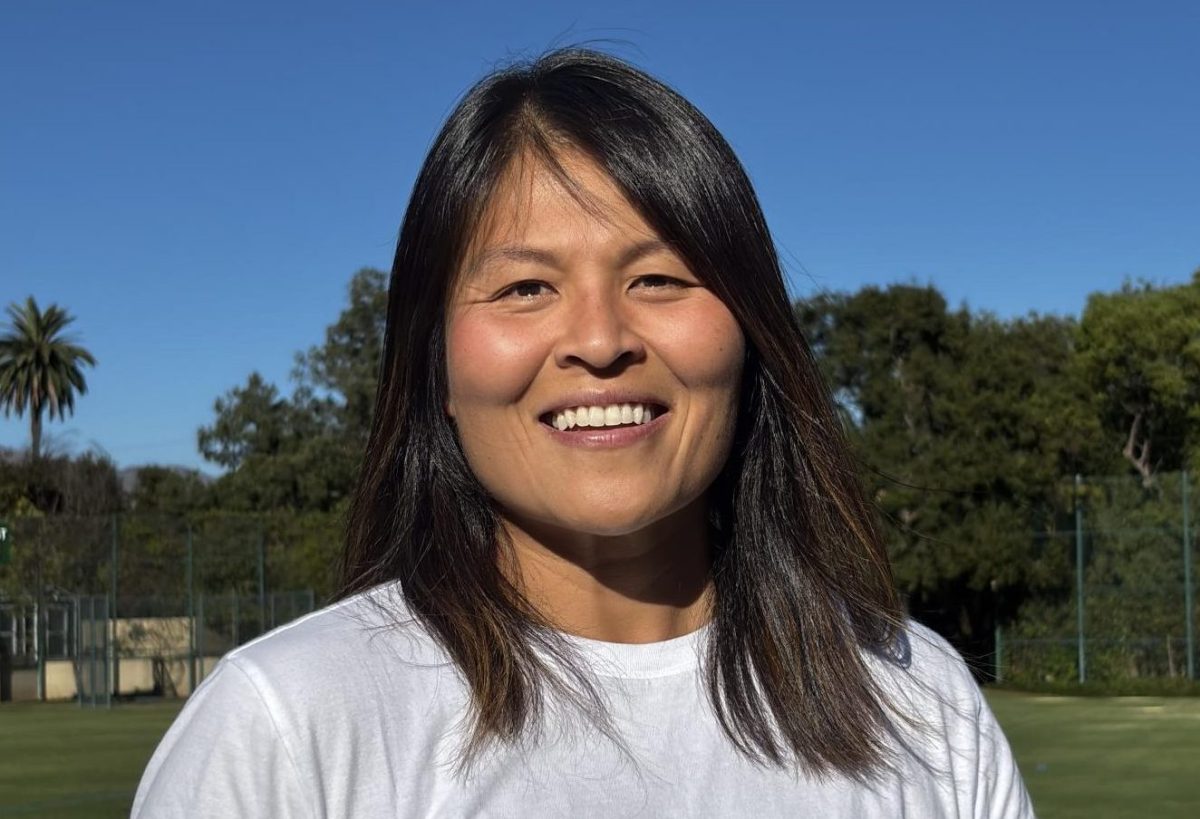The confused tourist in an unfamiliar culture, a stubborn train on a dilapidated track, a fierce soldier heading into no man’s land. Depending on the subject, learning can feel like any of the above. While one student sees chemistry as a walk in the park, another may fight for her life to balance a chemical equation. Does this mean they are incapable? Simply helpless? Or is it simply that her learning style and needs are different from another? Perhaps she thrives better in an environment where material is introduced at home and then further thoroughly explored in the class. And maybe, this exact same kind of learning is a complete nightmare for her friend.
Flipped learning attracted the attention of teachers in the mid-2000s when chemistry teachers Jonathan Bergmann and Aaron Sams from Woodland Park High School broadcasted recordings of live lessons online. While the broadcasted recordings were intended for students who could not attend class, Bergmann and Sams soon realized the videos could be a useful resource for all learners, particularly if they considered reversing or “flipping” the order of instruction.
The approach quickly increased in popularity and has become more common in the education sphere.
According to The Derek Bok Center for Teaching and Learning at Harvard University, flipped learning is “structured around the idea that lecture or direct instruction is not the best use of class time.” Flipped learning is a teaching method that aims to increase student engagement by having students watch lectures at home and spend class time problem solving. Instead of a teacher introducing the material in class and then going home to do homework, the lesson is introduced at home typically through a video lecture, and problems or practice accompanying the lesson are explored both at home and in class. Proponents of flipped learning believe that the teaching method makes course material easily accessible, encourages active learning during class time, and allows students to learn at their own pace.
Upper School Science Teacher Dr. Edye Udell’s Honors and AP Chemistry classes and Upper School Math Teacher Ms. Leah Dahl’s AP Calculus classes use variations of flipped learning.
In Dr. Udell’s Honors and AP Chemistry classes, students spend class time problem solving collaboratively. For homework, students occasionally watch video lectures created by Dr. Udell. The following class, Dr. Udell dedicates time to answering students’ questions about the concepts in the video. However, most nights of homework include working on problems. Since only a handful of homework assignments include watching lecture videos, Dr. Udell does not believe that her classes utilize a completely flipped learning approach.
Before incorporating flipped learning principles into her classes, Dr. Udell had a more traditional approach to teaching. “The way I was teaching made it the most accessible to students who learned by watching and practicing and then doing [problems] again on their own,” Dr. Udell said.
But after attending a conference on flipped learning. Dr. Udell quickly realized that flipped learning would make her material more accessible to more students. Proponents of flipped learning argue that it is a more efficient approach, as students have the opportunity to engage with concepts independently on their own time at their own pace before applying or practicing them during class, time that would traditionally be used for lecturing.
Kaya I. ’24, who took Honors Chemistry her sophomore year, said that the class’s flipped learning approach suited her learning style. She also appreciated how class time was used for collaborative problem solving. “[Flipped learning] basically gave me time in class to do work, which meant I had access to my teacher and access to my peers around me to ask questions, which I just found really helpful,” Kaya said.
Kaya continued, “I’m much more of a collaborative learner. Talking to other people about work and figuring it out in that way is much more helpful to my learning style.”
Dr. Udell believes students learn best when they spend more time practicing than listening to lectures. “I also believe that most people don’t learn by hearing. I think most people learn by doing. Or some people learn really well orally, but that is not a high percent of learners. So I also see flipped learning as a way to reach all learners,” said Dr. Udell.
“For the population as a whole, [flipped learning] is definitely the way that we should be doing it. In my mind, it has been really beneficial to students as a whole,” she added.
Mr. James Evans, Director of Teaching and Learning, believes flipped learning encourages students to take initiative to further their own learning. “We want independent learners. And we want to encourage that diligence,” said Mr. Evans.
Dr. Udell’s observation that moving away from lecture-based classes has benefited her students is well-supported by studies examining the effectiveness of flipped learning. The Brookings Institution conducted a comprehensive study on the advantages of flipped learning. Their analysis involved 317 studies and over 50,000 participants that compared the effectiveness of flipped and lecture-based classes taught by the same instructor. Their study found that students in flipped classrooms performed better than students in traditionally taught classes. The benefits of flipped learning, according to the Brooking Institute, are not just found in mathematics and science but across all disciplines. Most English and history classes, for example, naturally follow a flipped learning model. Students usually read content for homework and use class time to reinforce the concepts through discussion. For math and science classes, however, flipped learning is not as common.
Outside of Westridge, flipped learning has become the new normal for several college courses. Roger Freedman, a physical professor at the University of California, Santa Barbara, has adopted flipped learning for his classes. For homework, he asks his students to watch a video lecture. He gives students credit for submitting a question about something from the lecture, and he dedicates some class time to answering the most common questions. Freedman reports that students are engaged in class because they want to solidify their understanding of the material and learn things they do not know yet.
While some students find flipped learning to be both engaging and effective, not all students would count themselves within this reached group of learners. Cindy C. ’25 believes that traditional learning is generally more effective than flipped learning. “I do like being lectured more in class…if I’m looking at [a video lecture] at home, yes, although I can go back and watch that part again, but I think it’s just a lot of tedious work for me,” Cindy said. She also adds that maintaining engagement with a screen is often difficult.
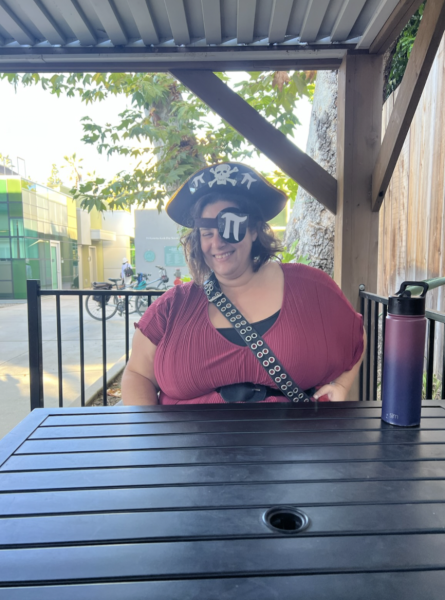
Like Dr. Udell, Ms. Dahl has also adopted a flipped learning approach in her AP Calculus BC classes. During remote learning, she had all her classes follow a typical flipped learning structure. Students watched lectures for homework and completed problems during class time. When in-person school resumed. Ms. Dahl continued a similar structure for her classes for about a year.
During that time, Ms. Dahl recognized that the flipped learning approach was more beneficial for her AP Calculus BC students than her Geometry students. The reason for the varying success, she discovered, had more to do with students’ executive functioning and academic maturity. “I felt like it was not working well for the majority of students in my geometry classes in terms of where those students were in executive function skills, and how to do school, and the ability to be self-directed in a way that you need to be for flipped learning to work,” she said.
As a result, Ms. Dahl moved away from flipped learning for her geometry classes. For her AP Calculus BC classes, she uses a combination of flipped learning and traditional teaching.
“If I were to have tried to not do flipped learning at all in that class, it would have to be pretty much straight lectures almost all the time, which also doesn’t feel like a super healthy way to learn math. You need some of the practice in the classroom as well,” Ms. Dahl said.
Ms. Dahl assigns her AP Calculus BC students optional video lectures for homework while explaining the most important concepts of a lesson first in class. “Some of the supporting ideas might not come up in the class lesson but are in those videos and in some of the practice problems, so I do a kind of combo version there,” she said.
Fiona Z. ’25, took an early liking to this style of learning. “It’s actually much easier [than traditional learning]. And I enjoyed [Ms. Dahl’s] way of flipped learning.” Without relying solely on in-class lectures or at-home videos, Ms. Dahl’s teaching method has earned itself the reputation of “just right” in the Goldilocks of flipped learning.
In contrast, some students believe that since only a fraction of a given lesson is introduced in class, they struggle when completing homework problems at home because they do not have a full understanding of the material. In cases where students have full schedules and packed courses, they must prioritize certain assignments over others. When faced with homework that requires self-teaching to complete, Calculus BC ends up on the back burner while other deadlines are prioritized.
Mr. Evans suggests introducing flipped learning in earlier years so that when students reach Upper School, they have had previous exposure to flipped learning. “I think [flipped learning] can also be exhausting if you haven’t built up that muscle or that way of thinking. I think that if we can introduce these different ways of teaching or learning earlier, more consciously, more deliberately, so that students…grow into being able to [learn through flipped learning],” he said.
Whether it be Dr. Udell or Ms. Dahl’s utilization of flipped learning, the concept itself is still relatively new to the education sphere. As a result, it can be difficult to know what’s the best fit for students overall. While it’s nearly impossible to keep all students—presumably with different learning abilities—content, flipped learning offers new opportunities and perspectives to investigate how the learning process may be bettered.




























![Dr. Zanita Kelly, Director of Lower and Middle School, pictured above, and the rest of Westridge Administration were instrumental to providing Westridge faculty and staff the support they needed after the Eaton fire. "[Teachers] are part of the community," said Dr. Kelly. "Just like our families and students."](https://westridgespyglass.org/wp-content/uploads/2025/03/dr.-kellyyy-1-e1748143600809.png)























